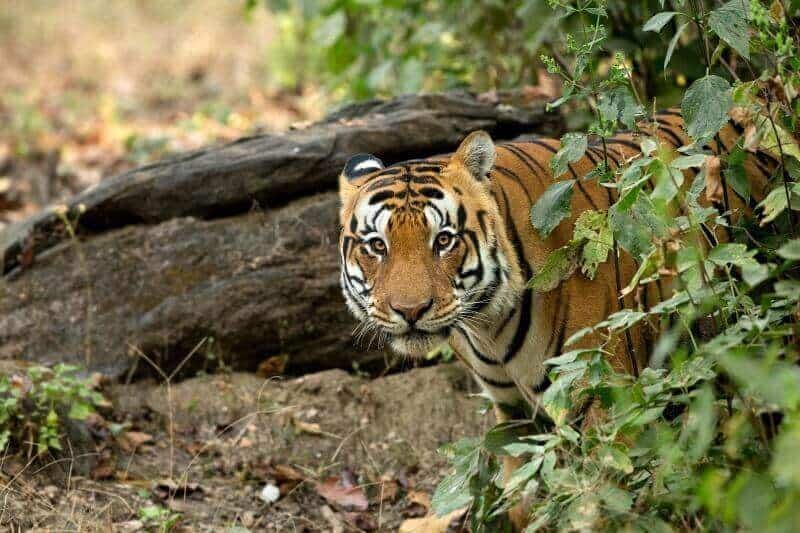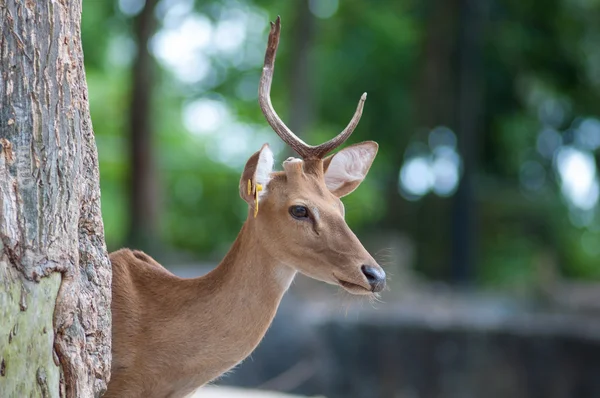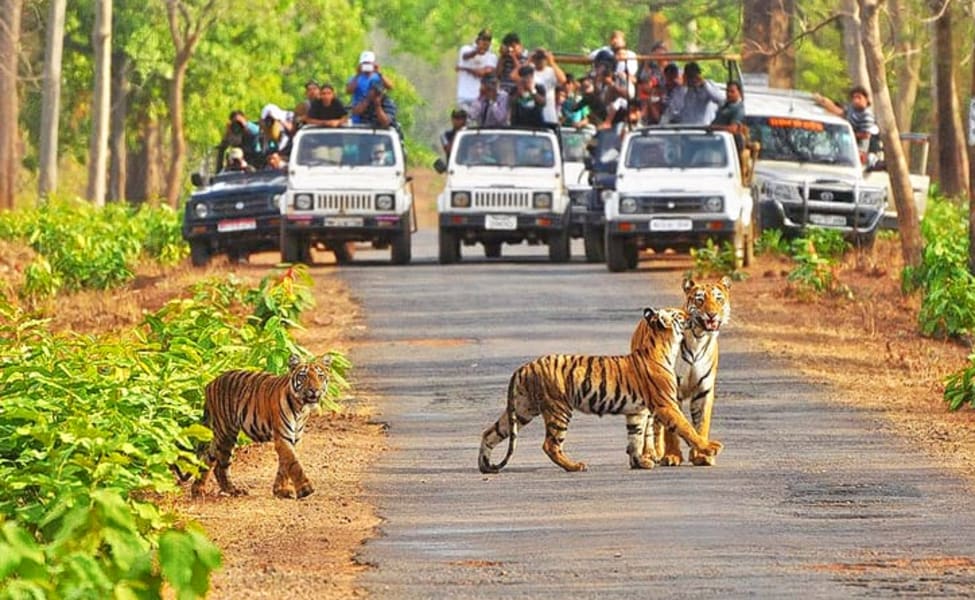
Wild Life

Wild Life In Kanha (Kisli) National Park

Tiger
Kanha`s maximum well-known inhabitant is the tiger however it's also domestic to forty three species of mammals. It is the handiest vicinity withinside the global in which you may locate the hard-floor barasingha (Cervus duvauceli branderi). The animals commonly visible in Kanha are the chital, sambar, barasingha, barking deer, chousingha, gaur, langur, wild pig, jackal, sloth bear, wild dog, panther, tiger (Panthera tigris tigris).

Dear
Deer are very normally visible, eparticularly the chital. Antelopes of Kanha encompass the four-horned antelope or chowsinga. Primates encompass langurs which can be not unusualplace and Rhesus monkeys which can be surprisingly uncommon in Kanha however might also additionally sometimes be visible withinside the forests.

Leopard
The predominant predators in Kanha consist of the tiger, leopard and dhole. A variety of small predators like jungle cat, leopard cat and small Indian civet are located at some stage in Kanha. Striped hyena and jackal are the principle scavengers.
A overdue afternoon go to to Bamhnidadar to look a number of the animals is a must. Watching from right here the converting colours of the verdant Banjar valley below, in opposition to the backdrop of a gradual, superb sunset, is an mesmerizing revel in indeed.

Forest
Largely because of the mixture of landforms and soil types, and the wet person of the region, Kanha may be very wealthy in floral diversity. Kanha has over six hundred species of flowering flora. The Reserve additionally has round 50 species of aquatic flora and 18 species of uncommon flora.
The streams are fringed with thick bamboo breaks and tall mango. The top slopes deliver combined jungle with severa mahul (Bauhinia vahlii) climbers crowning the bushes with foliage and their swinging stems spanning the areas among bushes. The tree tops appearance white whilst mahul is in flower in summer. There are many tree species, of which bija and dhaora are particularly remarkable. The forests at the top slopes are mainly picturesque in winter.
In the center slopes, bamboo grows abundantly. In the decrease slopes, natural stands of sal update the combined woodlands. The valleys are blanketed with dense stands of sal alternating with grassy meadows. The plateaux, aleven though basically grasslands, have sporadic increase of fruit-bearing bushes which includes achar, aonla and tendu. The nalas are wet and shady with thick bamboo breaks and tall mango, jamun and arjun bushes.

Viewing Tips
From vehicle
Drive slowly and with care. Driving in Kanha is different from driving in cities or on highways. A deer on the road or a tiger by the roadside, if undisturbed, provides more pleasure than the one that flees. Sighting wild animals in Kanha is exciting. All it needs is some patient effort. A word of advice - although they may sometimes appear tame, all animals in Kanha are wild. Getting close to them is not only prohibited, it is dangerous.
Use all your senses
There is much more to enjoy in Kanha than the sight of animals. The landscape here has so many tales to tell. Birdsong and humming insects communicate a lot. There are also signs of events that have occurred. Look closely, feel, listen and thus enhance your experience. And remember, your experience does not end with your visit here. Your return journey will be different. Every aspect of nature will wear a new look. Your eyes will be trained to see much more. Leave your footprints here and carry home a memorable experience.
From elephant back
Elephant rides provide successful viewing of the tiger and other animals of Kanha. The ride, by itself, is also an exciting experience. Elephants go out every morning for tiger tracking from Kisli, Kanha and Mukki. An elephant accommodates up to four persons in the haudah (a sort of open palanquin atop the animal) besides the mahout, the elephant driver. The mahout is the most important person during the ride as he is your friend, philosopher and guide for the excursion.
